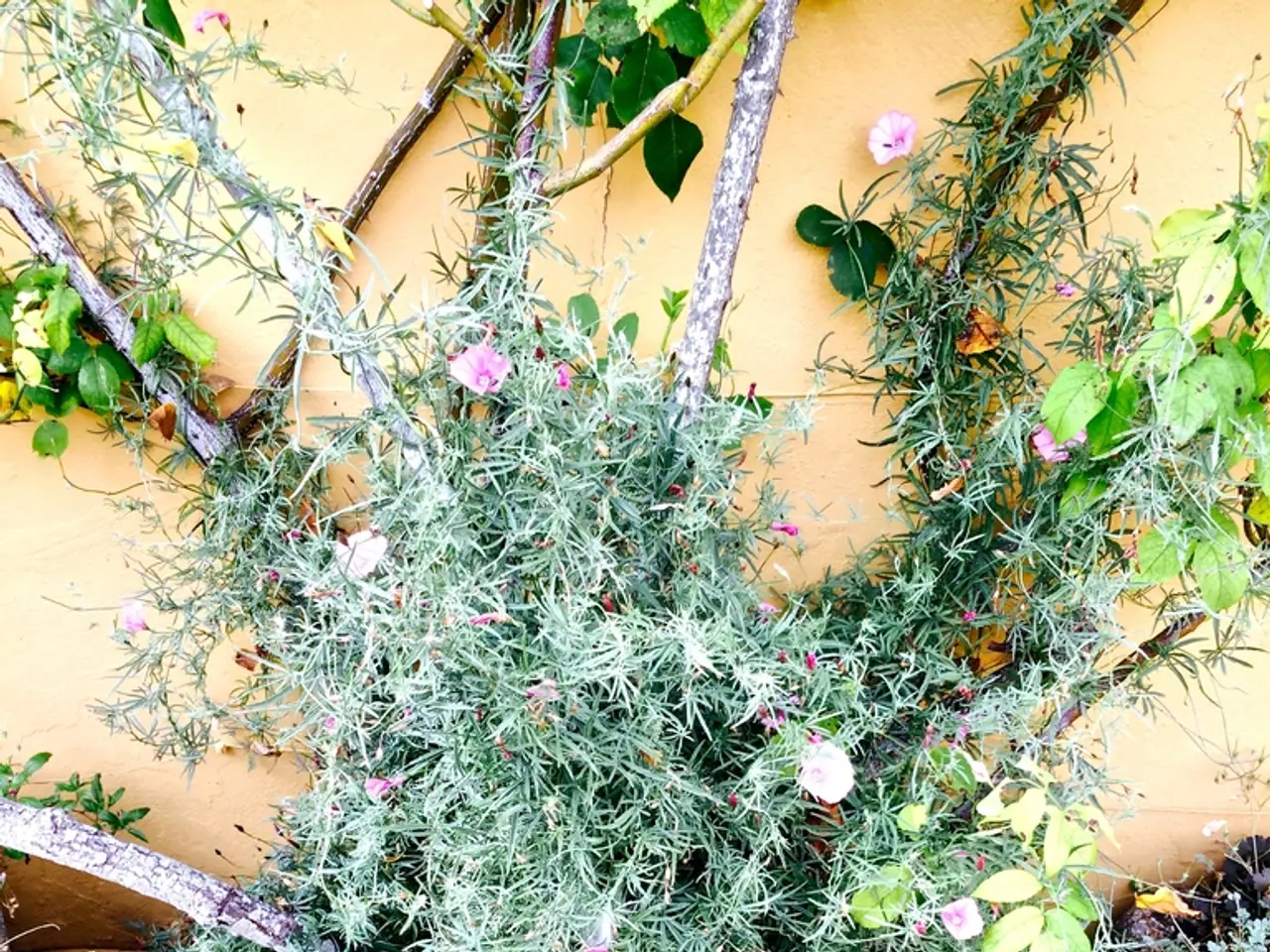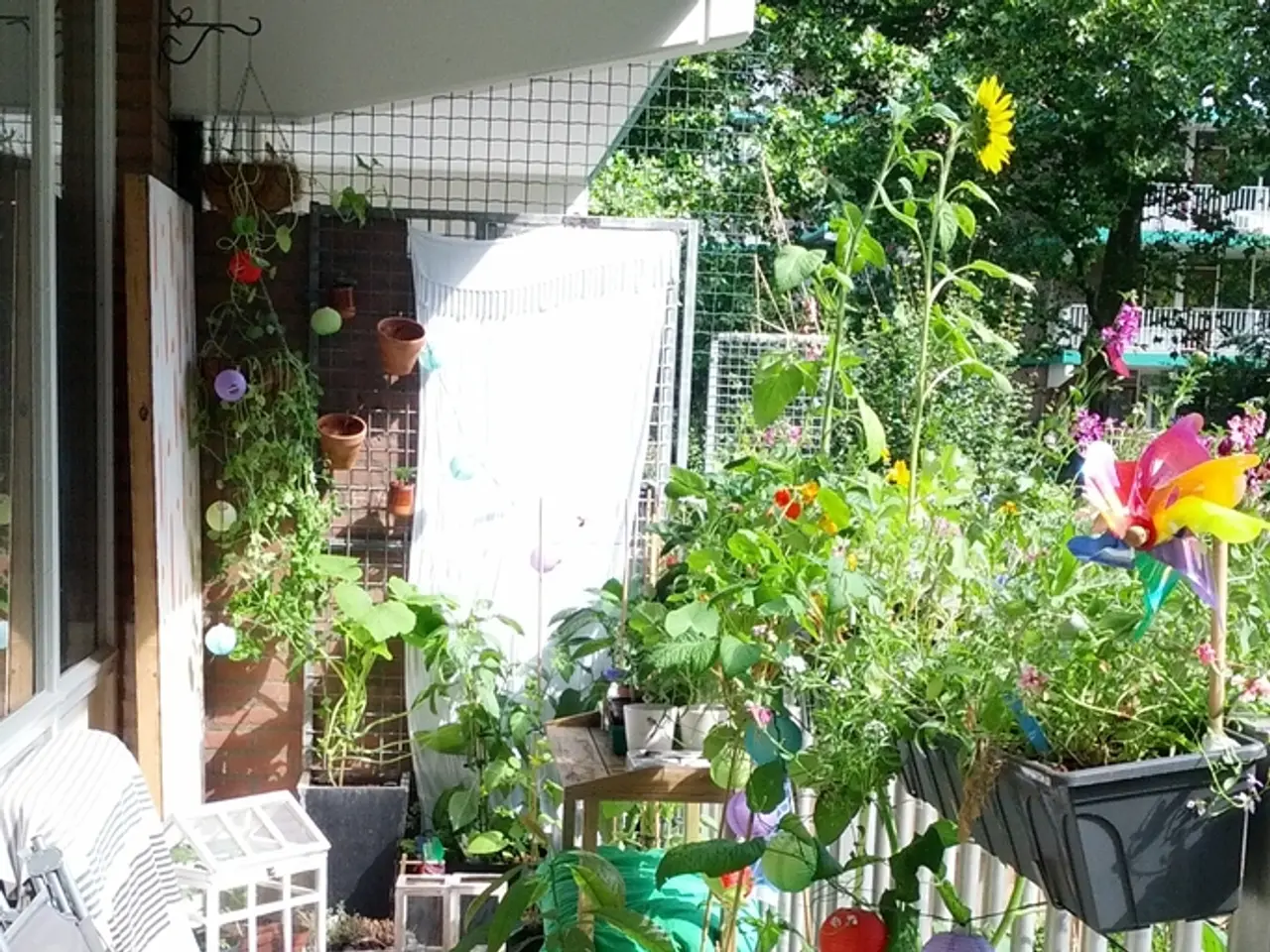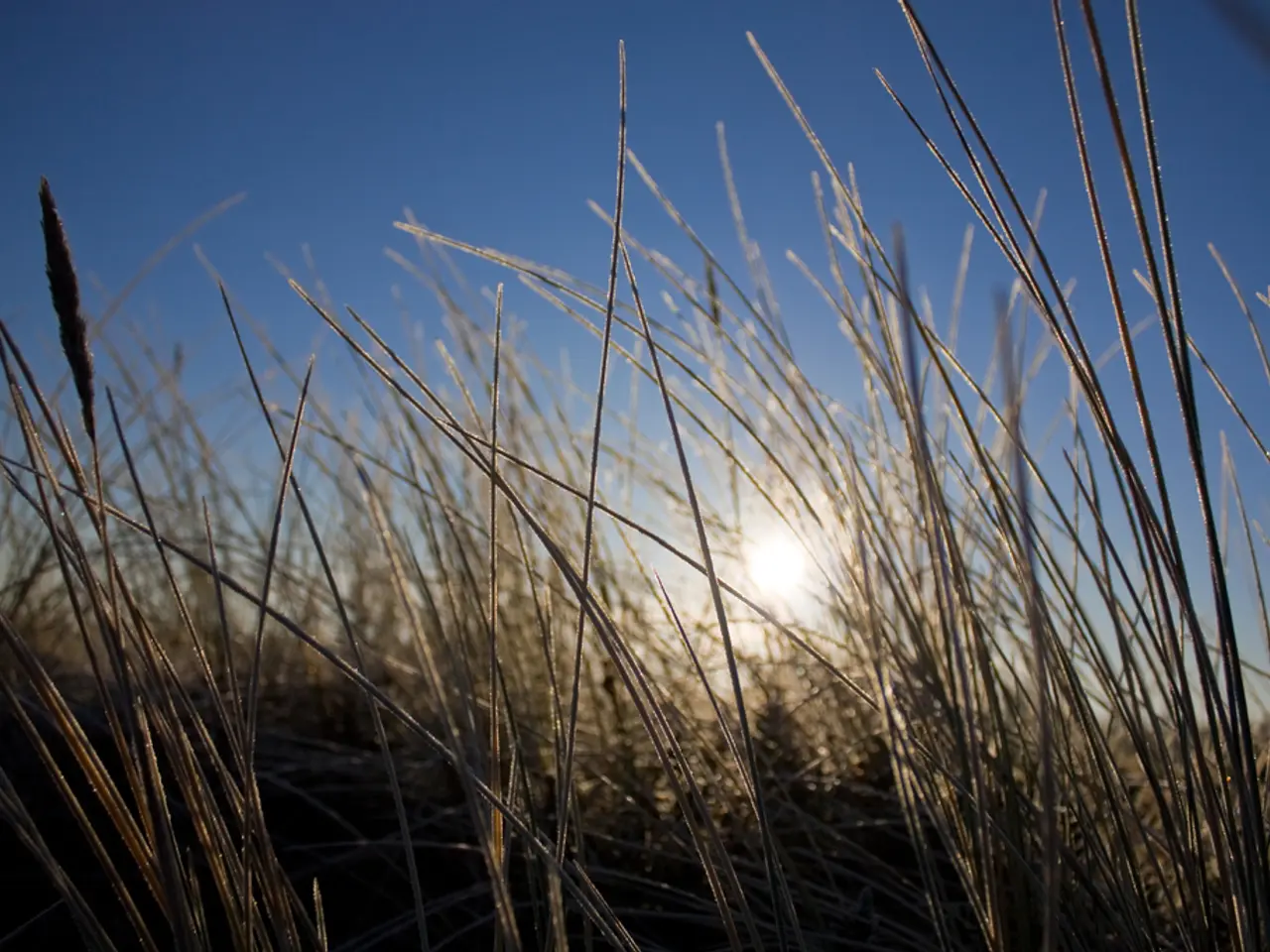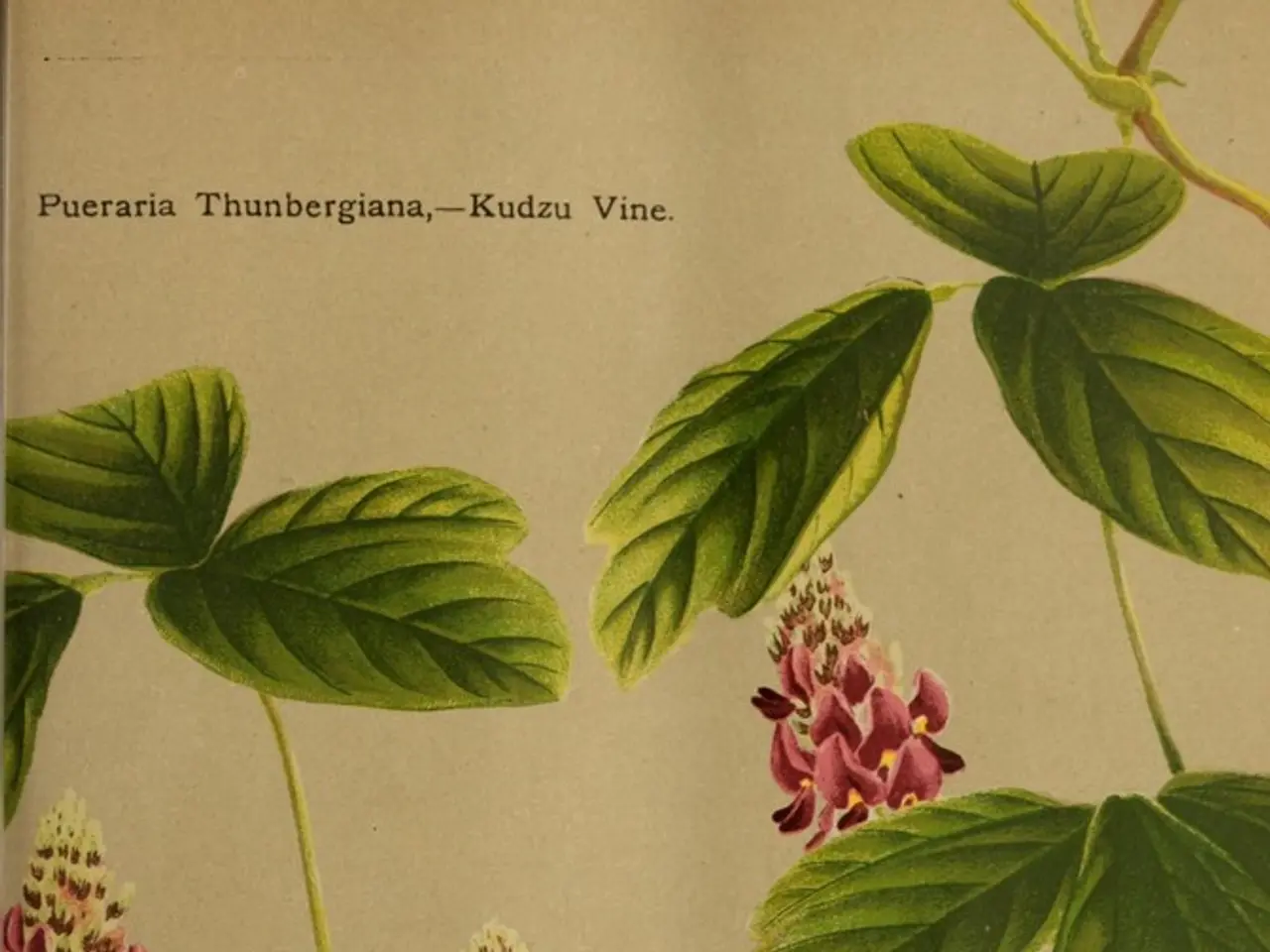Cultivating Hyssop: A Simple Guide
**Growing and Using Hyssop officinalis: A Versatile and Fragrant Herb**
Hyssopus officinalis, commonly known as true hyssop, is a hardy, low-maintenance herb that offers a variety of benefits for gardeners and home cooks alike. Valued for its aromatic foliage, ornamental appeal, and benefits to pollinators, this semi-evergreen shrub is a standout in both culinary and ornamental gardens.
**Optimal Growing Conditions**
**Sunlight**
Hyssop thrives in **full sun**[1][3][4]. While it can tolerate partial shade, maximum flowering and growth occur with at least six hours of direct sunlight per day[3].
**Soil**
- **Drainage:** Hyssop prefers **moist but well-drained soil**[1]. It can also tolerate poor or dry soils once established, but does best with good drainage[1][4]. - **Soil Type:** It is adaptable to most soil types, although fertile soil supports the most vigorous growth[1][4]. - **pH:** There is no strict pH requirement, but neutral to slightly alkaline conditions are generally favorable.
**Water**
- **Establishment:** Water regularly after planting until established[1]. - **Mature Plants:** Once established, hyssop is **drought tolerant**, but moderate watering supports healthier, more vigorous growth[3]. - **Overwatering:** Avoid waterlogged conditions, as hyssop does not thrive in soggy soil[1][4].
**Planting and Spacing**
- **Sowing:** Start seeds indoors in late winter or sow directly outdoors after the last frost[1][3]. Seeds require light to germinate, so cover lightly with soil[3]. - **Spacing:** Space plants about **45 cm (18 inches) apart** to allow for mature growth[1]. - **Containers:** Hyssop grows well in pots, but choose a large container to accommodate its robust root system[1].
**Special Considerations**
- **Growth Habit:** Hyssop forms a rounded bush up to 60 cm (2 feet) tall and wide over time[4]. It spreads slowly, much slower than most mints[4]. - **Pruning:** Prune after flowering to encourage bushiness and more blooms[3]. - **Uses:** Attracts bees, butterflies, and hummingbirds; suitable for borders, herb gardens, and as an ornamental plant[1][4]. - **Hardiness:** Hyssop is cold-hardy and can withstand light frosts once established[1].
**Culinary Uses**
Hyssop leaves have a strong flavor and are ideal for using in hearty stews, particularly with meat such as lamb or chicken[5]. During the Middle Ages, hyssop was used as a flavouring in soups and stuffings[6]. Now, hyssop is more commonly used in the distillation of certain liquors and to give the famous green color to absinthe[7].
**Buying Hyssop**
When buying hyssop, check the botanical name to ensure you're getting Hyssop officinalis, not varieties like agastache[8]. To find Hyssop officinalis subsp. aristatus with funnel-shaped dark blue flowers, visit Beth Chatto. For the variety that produces dense spikes of small rose-pink flowers, consider Jekka's Herb Farm. Always buy healthy plants, free from signs of disease or pests.
**Summary Table**
| Factor | Ideal Condition | Notes | |-------------|----------------------------------|----------------------------------------| | Sunlight | Full sun (tolerates partial shade)| 6+ hours direct sun for best results | | Soil | Moist, well-drained, fertile | Tolerates poor soils, not waterlogged | | Water | Moderate, drought tolerant | Avoid soggy conditions | | Spacing | 45 cm (18 in) apart | Large pots for container growing | | Pruning | After flowering | Encourages rebloom, bushier growth |
Hyssop officinalis is a versatile, easy-care plant that rewards gardeners with fragrance, color, and wildlife benefits, making it a standout in both culinary and ornamental gardens[1][3][4].
Hyssop officinalis is a suitable addition to home-and-garden settings, being beneficial in both lifestyle and gardening. In cultivation, it thrives in a home-and-garden setting with full sun and moist but well-drained soil, making it a standout in both ornamental and home gardens.




